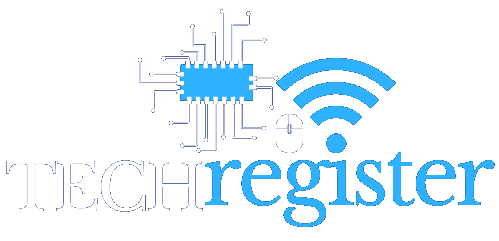A senior computer engineering major at Florida International University (FIU) has been awarded a $10,000 prize for developing a wearable fitness technology prototype to help runners correct their form and potentially prevent injury.
Lara Garcia and her project partner Juan Fortich, who attends Florida Atlantic University (FAU), worked together to formulate and pitch the concept of a device that could address issues in runners’ form through certain cues, ultimately winning a business pitch competition at FAU in March.
“My engineering team, that being one other student and myself as part of the project, have until the end of December to come up with a fully functioning prototype,” Garcia told NBC6. “Right now, we’re using as little [of the money] as possible, just to extend the lifetime of the grant, and we’re also looking into coming up with community events around the running community in Miami […] and then just leveraging everybody’s passions for running in Miami, in the South Florida area, to bring awareness to the prototype and the product that we’re creating.”
It’s a product near to Garcia’s heart, as she learned firsthand the importance of proper running form in injury prevention while training for her first half marathon. Studying at FIU as an international student from Venezuela, Garcia combined her running experience with her entrepreneurial passion and computer engineering field of study to try to fill a need that she noticed in the wearable technology space.
“DashOne is building wearable technology that improves the form of long-distance runners in order to improve their performance. How we’re doing that is by using reinforcement cues,” she said. “What we’ve been testing out through our user discovery is that, technically, a runner would put on these armbands or the wearable sensors, and then, as they run, have a better feeling of whether the form is good or not, and then try to maximize that feeling of achieving something good or getting that green light.”
In the prototype she showed NBC6, Garcia explained that a red light would indicate form that should be corrected. The device, which she intends to scale down to a smaller size, also included an inertial measurement unit sensor to help detect movement. Garcia described the device as a sort of digital running coach.
“[DashOne] has a gyroscope, magnetometer and an accelerometer, and it is able to collect and plot all sorts of different data in terms of spatial movement, acceleration, overall rotation, et cetera,” she said. “It’s connected to a microcontroller; an Arduino Nano. It basically provides all that processing power in order to analyze all of this data.”
In addition to evolving the prototype and doing additional testing with runners in the community, Garcia said she would like to patent the DashOne device, as well as continue competing in student competitions.
“I could not really afford an injury. So, for me, I try to research as much as possible as to what good form looks like when you’re running 10 miles, 11, 13, and running hours at a time. From that research, I was able to come up with overall markers on what good running form looks like and how that, on average, decreases the risk of injury, and just overall, conserving your energy better and thus improving your performance,” Garcia said. “I always see situations as an abundance of data that can then be leveraged — or, let’s say, analyzed — through technology to come up with more concrete insights. So, I’m like, ‘What if you have a lot of this unstructured data in the form of body movements and body positioning coordinates, and then translate that into something that a non-technical audience can understand?'”






